The term "crystal" is thrown around quite a bit in the chandelier prism world, so for consistency sake we would like to give it some context and definition.
Glass is basically made from silica sand and other minerals such as soda ash and limestone. When we speak of "crystal", the understood reference is that the glass prism or chandelier part contains a significant amount of lead oxide as well. This practice began in the late 1600 when it was discovered that adding the lead oxide make the glass more brilliant and easier to melt and to cut.
The lead allows light that hits the glass to be refracted, which to the common eye is noticed through the rainbows that are produced especially when in direct sunlight. The lead will also give the glass a more clear, often white look, which is where we get the term "crystal clear". Leaded pieces will also be heavier than standard glass.
In order for an item to be considered "full lead" means it contains at least 24% lead oxide. The Asfour line of prisms, advertises 30 percent lead.
Makers such as Swarovski, however, have gone away from the use of lead and used a process to create what they call "Advanced Crystal". Their product is made by replacing the lead oxide in production of the glass with barium oxide, zinc oxide, or potassium oxide. It has a similar refractive index to lead crystal, but it is lighter and it has less dispersive power.
